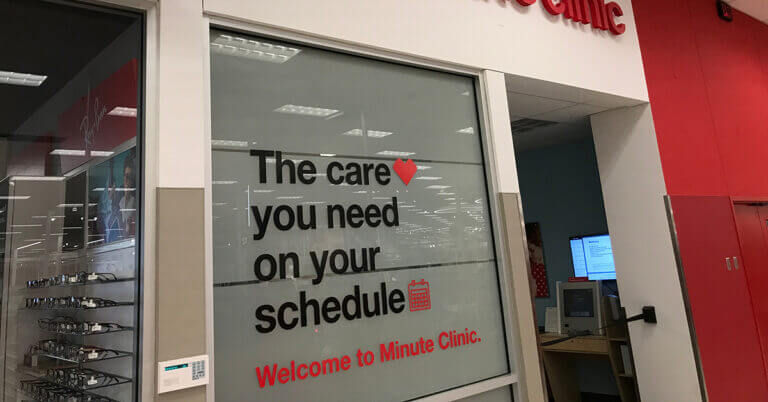October 31, 2019

The Rush to Move Patient Care Out of the Hospital
Everyone wants patients out of the hospital, where the costliest of costly care takes place. Government payers. Commercial health plans. Patients. Doctors. Even hospitals want patients out of the hospital. But the adage “be careful what you wish for” comes to mind after reading three reports on ambulatory care.
The first of the three is the Leapfrog Group’s Same-Day Surgery in the U.S. patient safety report. The Washington-based employer patient safety advocacy group based its report on two new surveys: a survey of 321 ambulatory surgery centers; and a survey of 1,141 hospital outpatient departments. Physicians owned 93 percent of the ASCs in whole or in part through various joint ventures.
Here are a few things that made me go hmmm:
- 3 percent of ASCs and 4 percent of HOPDs still don’t use surgical checklists as a patient safety check
- 25 percent of HOPDs don’t use standardized screening tools to determine whether the patient’s procedure can be performed safely at their sites
- 35 percent of the doctors at both ASCs and HOPDs were not board-certified to do the medical procedures that they’re performing on patients
- 82 percent of the ASCs don’t have antibiotic stewardship programs in place to guide their appropriate use of antibiotics to fight infections
The second of the three is the ECRI Institute’s Deep Dive: Safe Ambulatory Care, Strategies for Patient Safety and Risk Reduction report. The Plymouth Meeting, Pa.-based medical safety and quality assessment organization based its report on 4,355 adverse events that physician practices, ambulatory care centers and community health centers reported to ECRI, which also is a federally recognized patient safety organization, from December 2017 through November 2018.
The top three adverse events were:
- Diagnostic testing errors: 2,035, or 47 percent of all adverse events over the reporting period
- Medication safety issues: 1,163, or 27 percent of all adverse events over the reporting period
- Patient falls: 593, or 14 percent of all adverse events over the reporting period
The adverse events in each of the three categories included Incidents, near misses and unsafe conditions, according to the ECRI report.
The third of the three is a study by researchers from the University of Michigan that appeared in the Journal of the American Geriatrics Society. The researchers compared the 30-day infection-related readmission rates of more than 700,000 Medicare patients discharged to three different settings: a skilled-nursing facility; a home-health agency; or to home with no home-health assistance. Here’s what happened:
- 1.9 percent of the patients discharged to a SNF were readmitted to the hospital with an infection
- 3.0 percent of the patients discharged to a home-health agency were readmitted to the hospital with an infection
- 3.2 percent of the patients discharged to home with no home-health assistance were readmitted to the hospital with an infection
Patients were more likely to get an infection at home by themselves that necessitated a return trip to the hospital than the other two discharge settings.
Whatever economic incentives, medical advances and technological wonders that healthcare reformers, innovators and entrepreneurs come up with to get patients out of the hospital clearly need to take into consideration the unintended consequences of their actions.
Care out of the hospital can be just as dangerous if not more dangerous as care in the hospital.
Thanks for reading.





